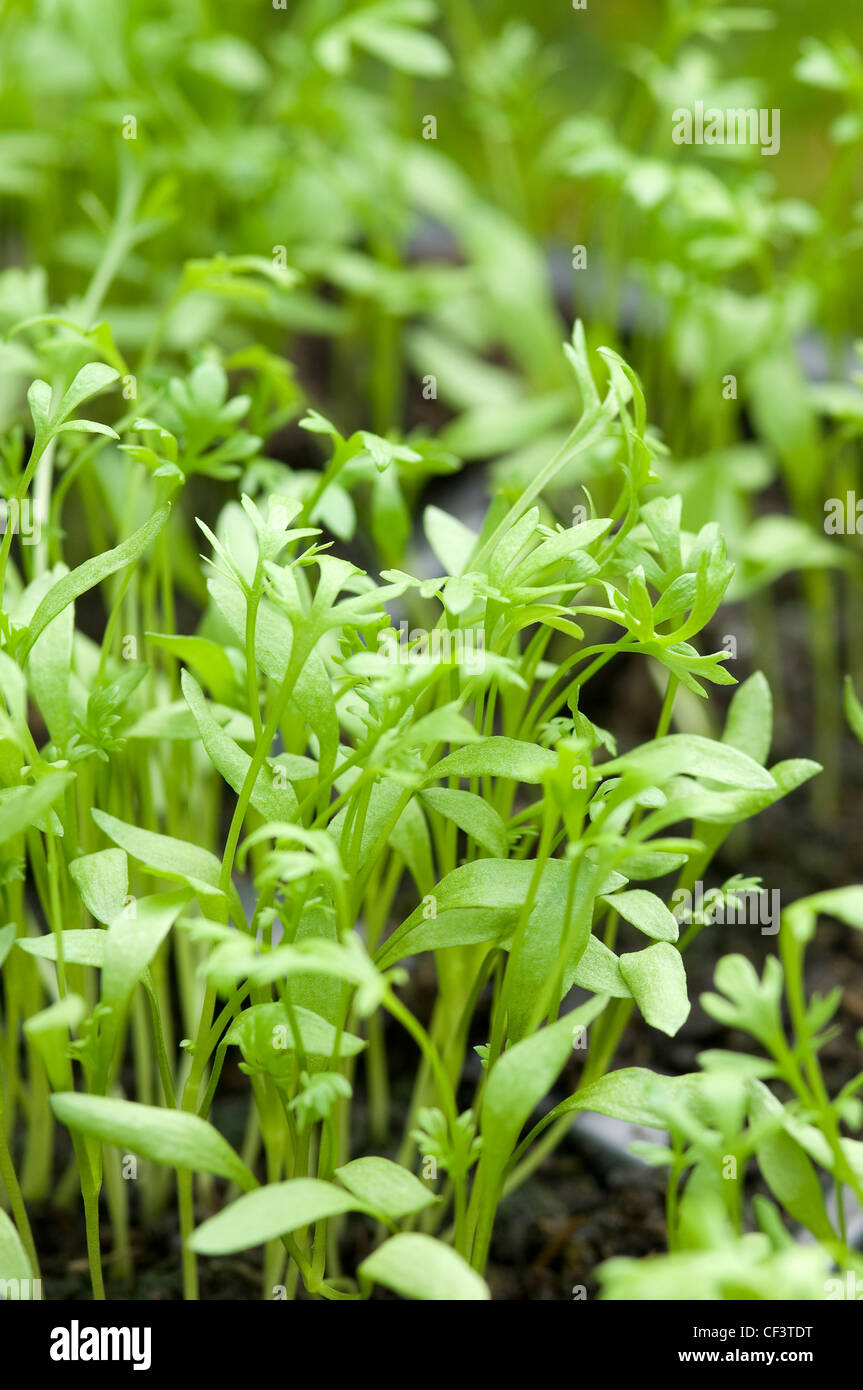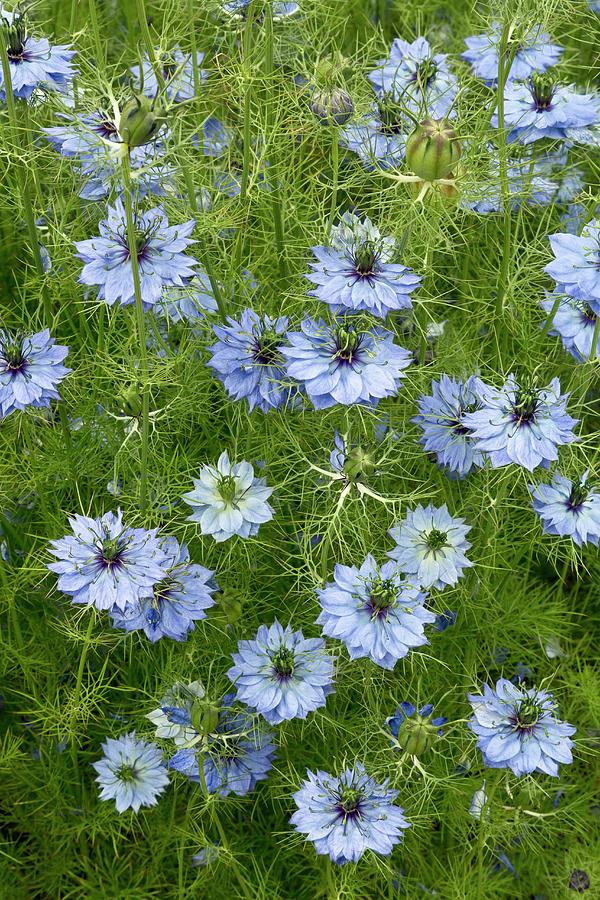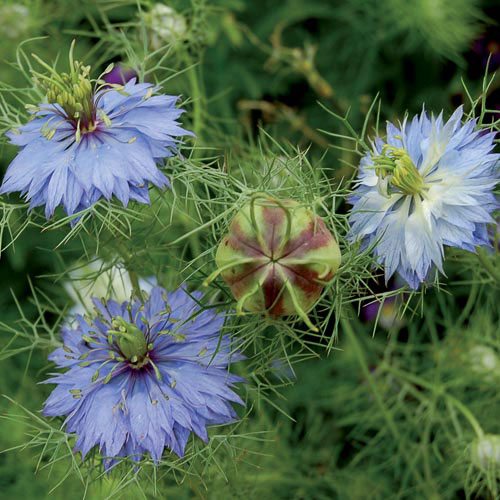Unlocking the Secrets of Nigella Seedlings
Love in a Mist, also known as Nigella, is a captivating and delicate flower that has been enchanting gardeners for centuries. With its intricate, lacy foliage and vibrant blue flowers, it’s no wonder why this charming plant has become a popular choice for many. One of the most rewarding ways to grow Love in a Mist is from love in a mist seedlings, which allows gardeners to witness the entire life cycle of this beautiful plant. By growing Love in a Mist from love in a mist seedlings, gardeners can enjoy the benefits of delicate, fern-like foliage and vibrant blue flowers that bloom in the summer months. Moreover, Love in a Mist seedlings are relatively easy to care for, making them an excellent choice for gardeners of all skill levels. Whether you’re a seasoned horticulturist or a beginner, growing Love in a Mist seedlings can be a truly rewarding experience.
How to Sow Love in a Mist Seeds for Successful Germination
To successfully grow Love in a Mist from seeds, it’s essential to follow proper germination techniques. Start by preparing a well-draining seed starting mix, and sow the seeds about 1/8 inch deep. Water the soil gently but thoroughly, making sure the soil is consistently moist during the germination period. It’s crucial to provide adequate light, with most Love in a Mist varieties requiring indirect sunlight to germinate. Maintain a temperature of around 65-70°F (18-21°C) to promote healthy seedling growth. Once the seeds have germinated, typically within 7-10 days, reduce watering to prevent overwatering. By following these steps, you’ll be well on your way to growing healthy love in a mist seedlings that will thrive in their new environment.
The Ideal Conditions for Love in a Mist Seedlings to Thrive
Once Love in a Mist seeds have germinated, it’s essential to provide the ideal conditions for healthy love in a mist seedling growth. When it comes to light, most Love in a Mist varieties prefer partial shade to full sun, depending on the climate. In warmer regions, it’s best to provide some afternoon shade to prevent scorching. In terms of temperature, Love in a Mist seedlings thrive in cooler temperatures, ranging from 60-70°F (15-21°C) during the day and no lower than 50°F (10°C) at night. Moisture is also crucial, with seedlings requiring consistent moisture, especially during the first few weeks after germination. However, be cautious not to overwater, as this can lead to root rot and other problems. By providing the right balance of light, temperature, and moisture, you’ll be able to create a nurturing environment for your love in a mist seedlings to thrive.
Common Challenges and Solutions for Raising Healthy Love in a Mist Seedlings
When growing Love in a Mist seedlings, gardeners may encounter several common challenges that can hinder healthy growth. One of the most prevalent issues is overwatering, which can lead to root rot and other problems. To prevent this, ensure that the soil is not consistently waterlogged, and avoid getting water on the leaves to prevent fungal diseases. Another common challenge is pests, such as aphids and whiteflies, which can be controlled using organic pest control methods like neem oil and insecticidal soap. Fungal diseases, like powdery mildew, can also affect Love in a Mist seedlings, but can be treated with fungicides and good air circulation. By being aware of these potential challenges and taking preventative measures, gardeners can ensure healthy growth and development of their love in a mist seedlings. Additionally, providing optimal growing conditions, as discussed earlier, can also help prevent many of these common problems. By being proactive and taking the necessary steps, gardeners can enjoy the beauty and charm of Love in a Mist in their gardens.
Transplanting Love in a Mist Seedlings: A Guide to Success
Once Love in a Mist seedlings have reached 2-3 inches in height and have developed a robust root system, it’s time to transplant them into larger pots or directly into the garden. When transplanting, it’s essential to handle the seedlings gently to avoid damaging their delicate roots. Start by preparing the soil in the new pot or garden bed, adding organic matter like compost or well-rotted manure to improve drainage and fertility. Harden off the seedlings by gradually exposing them to outdoor conditions over the course of 7-10 days, starting with partial shade and increasing the duration of direct sunlight. When transplanting, plant the seedlings at the same depth as they were previously, and water well to settle the soil. Space the seedlings 12-18 inches apart to allow for proper air circulation and growth. By following these steps, gardeners can successfully transplant their love in a mist seedlings and enjoy a bountiful harvest of beautiful flowers. Additionally, consider transplanting in the early morning or evening when the sun is not intense, to reduce stress on the seedlings.
The Magic of Companion Planting with Love in a Mist
Companion planting is a time-honored technique that involves growing different plants together to enhance their growth, health, and productivity. When it comes to Love in a Mist, companion planting can be a game-changer, providing numerous benefits that can elevate the beauty and charm of these delicate flowers. One of the most popular companion plants for Love in a Mist is the sweet alyssum, which repels pests that target Love in a Mist, such as aphids and whiteflies. Marigolds are another excellent choice, as they deter nematodes and other pests that can harm Love in a Mist roots. Additionally, planting Love in a Mist alongside herbs like basil and mint can improve their fragrance and flavor, while also attracting beneficial insects like bees and butterflies. By incorporating companion planting into their gardening routine, gardeners can create a thriving ecosystem that supports the healthy growth of their love in a mist seedlings. Furthermore, companion planting can also add visual interest to the garden, as the diverse textures, colors, and forms of the companion plants create a stunning display of natural beauty.
Love in a Mist Varieties: Exploring the Diversity of Nigella
One of the most captivating aspects of growing Love in a Mist is the diverse range of varieties available to gardeners. From the delicate, pale blue flowers of Nigella damascena to the vibrant, electric blue blooms of Nigella papillosa, each variety offers a unique charm and character. Some popular varieties of Love in a Mist include ‘Miss Jekyll’, which boasts delicate, lacy foliage and sky-blue flowers, and ‘African Bride’, which features pure white blooms with a delicate, lacy center. Other varieties, such as ‘Oxford Blue’ and ‘Cambridge Blue’, offer a deeper, richer blue hue, while ‘Persian Jewels’ features a stunning mix of blue, pink, and white flowers. By growing different varieties of Love in a Mist, gardeners can add visual interest and diversity to their gardens, as well as experiment with different growth habits and flower colors. Additionally, growing multiple varieties of Love in a Mist can also increase the chances of successful pollination, leading to a more bountiful harvest of seeds for future love in a mist seedlings. With so many varieties to choose from, gardeners are sure to find the perfect Love in a Mist to suit their unique style and preferences.
Preserving the Beauty of Love in a Mist: Tips for Cutting and Drying
One of the most delightful aspects of growing Love in a Mist is the opportunity to preserve its beauty for future enjoyment. By cutting and drying the flowers, gardeners can create stunning floral arrangements, potpourri, and crafts that showcase the delicate, lacy foliage and vibrant blue blooms of these enchanting plants. To cut Love in a Mist flowers for drying, it’s essential to time it just right – wait until the blooms are fully open and the stems are dry, as this will help prevent moisture from accumulating during the drying process. Using sharp scissors or pruning shears, cut the stems just above a leaf node, and immediately place them in a dry, warm location with good air circulation. To dry the flowers, tie them in small bunches and hang them upside down, or spread them out in a single layer on paper towels or a drying rack. Once the flowers are completely dry, they can be used in a variety of creative projects, from wreaths and bouquets to decorative arrangements and gift embellishments. By preserving the beauty of Love in a Mist, gardeners can enjoy the fruits of their labor long after the growing season has ended, and even share their creations with friends and family. With a little patience and practice, anyone can master the art of cutting and drying Love in a Mist flowers, and enjoy the beauty of these delicate blooms for years to come – even when cultivating new love in a mist seedlings.






